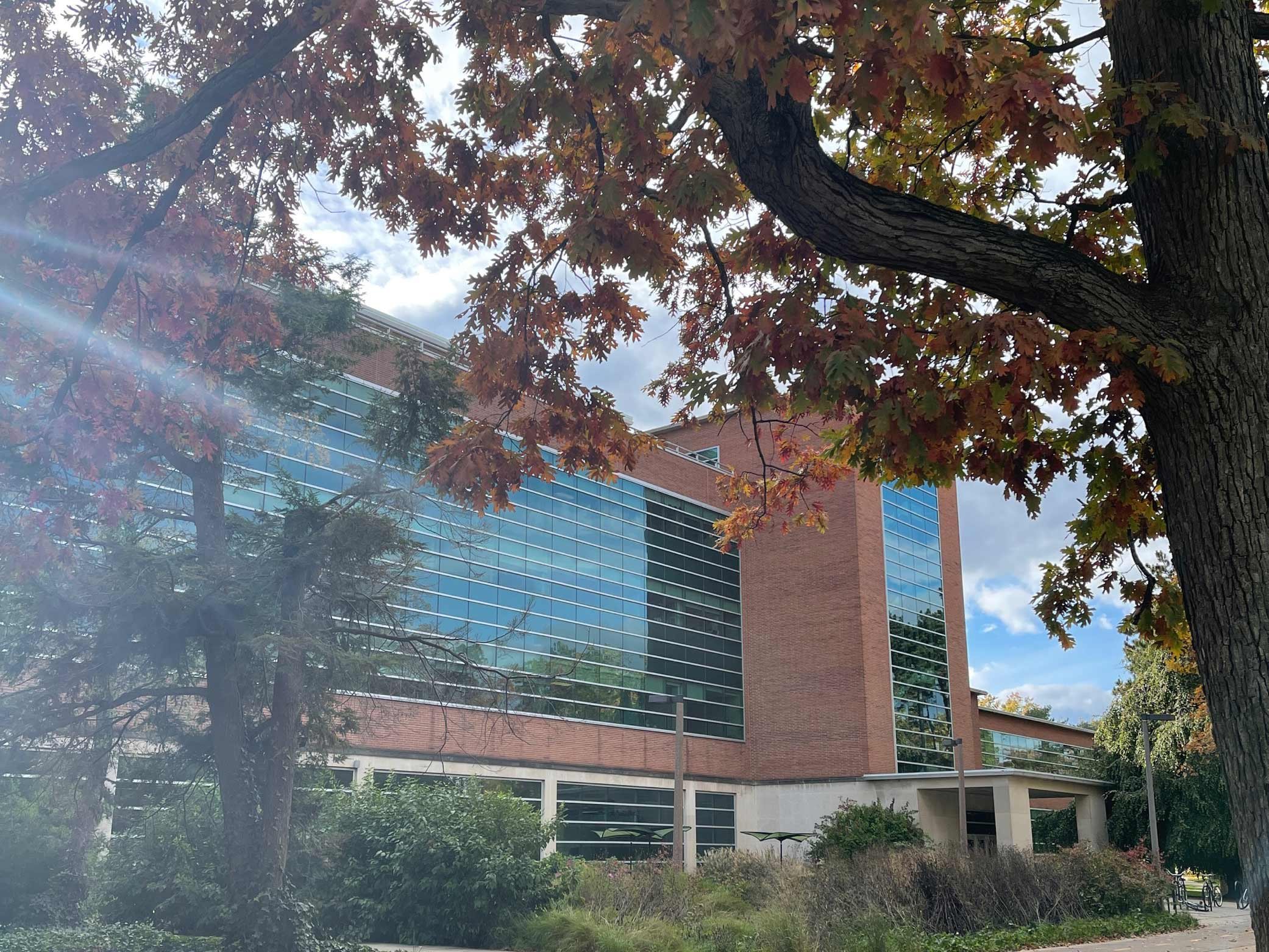Emerging Research Documenting Potential Causes of Teacher Absenteeism
Concerns about whether there is a sufficient and well-allocated supply of highly-qualified and experienced educators are nothing new to readers of the In Focus newsletter and Emerging Research. Just this month, the October 2025 In the Spotlight article “Supporting the Recruitment, Retention, and Advancement of Rural Educators with MiCAREER” discusses state efforts to address labor market challenges in rural schools. This feature also reviews past research on educator shortages, including publications featured in the October 2023 (“The State of the Educator Workforce in Michigan” from the Michigan Alliance for Student Opportunity), April 2024 (covering the presentation of this report at the 2024 AERA Meeting), January 2025 (“Closing the Opportunity Divide: Addressing Michigan’s Teacher Shortage Problem for Students Most in Need” by the Education Trust-Midwest), and May 2025 Emerging Research (“Bring in the Subs: A Mixed-Method Investigation of the Substitute Teacher Labor Market in Michigan”).
Less featured, but just as important as the nature of the educator labor market, is the extent to which hired teachers are present for their students and coworkers daily. Troublingly, some commentators have warned that “teachers appear to be absent more” since the onset of the COVID-19 pandemic (Brookings; Fordham; The New York Times). If it is occurring, this trend could harm schools in terms of district finances, “productivity,” and efficiency when it comes to administrators needing to find substitute educators to fully staff their classrooms or come up with creative, temporary fixes for understaffing (Frontline Education). Additionally, there are concerns that because “teacher attendance is a key factor associated with student learning and may influence student attendance,” excessive educator absenteeism could harm schools’ post-pandemic recovery efforts (Brookings). Tangibly, wanting to quantify the effect of chronic educator absenteeism, the National Council on Teacher Quality found that “a 10 day teacher absence has been shown to lower student achievement in math by an amount equivalent to students being taught by a beginner teacher versus a teacher with 3 to 5 years of experience.”
Aware of these disturbing developments, Dr. Jacqueline Gardner, Director of Data & Evaluation for the Office of K-12 Outreach, and Dr. Chris Torres, Associate Professor of Educational Policy and Leadership at the Marsal Family School of Education at the University of Michigan, dedicated a portion of their research agenda over the last few years to studying the phenomenon of teacher absenteeism in Michigan. This summer, they published a related and salient article in Education Policy Analysis Archives. The paper, “Gaining A Better Understanding of Teacher Absenteeism: How Structural and Organizational Factors Impact A Teacher’s Decision to be Absent,” works to better understand “the reasons for chronic teacher absenteeism” (Gardner & Torres, 2025). It does so through interviews with more than twenty elementary school educators from Michigan “public school districts with high rates of teacher absenteeism,” along with the application of insights “from the management literature on employee absenteeism and education literature on teacher mental health and burnout” (Gardner & Torres, 2025). Reflecting on this work’s significance, its findings are especially important for researchers, administrators, and policymakers, given that “data on teacher attendance are limited” and “difficult to assess” since “teacher attendance policies are often created locally” and “teacher attendance is rarely factored into state or national accountability requirements” (Gardner & Torres, 2025).
With regard to their specific findings, Drs. Gardner and Torres offer a few important insights. For one, as they differentiate between “chronically absent teachers” and “non-chronically absent teachers,” the authors find that the former “used paid time off for job-related mental health more often than for personal reasons compared to” the latter educators (Gardner & Torres, 2025). This takeaway reemerges later in the article as the authors consider what remedies leaders might adopt to reduce the instances of chronically absent educators. Second, concerning the “working conditions” that sometimes drove interviewees’ “decisions to be absent,” the researchers heard concerns about “student behaviors, large class sizes, accountability pressures, lack of building and administrative support, lack of resources, increased workload, performing additional duties above and beyond teaching, and compensation” (Gardner & Torres, 2025). Based on these findings, the authors argue “that structural and organizational factors can evoke feelings of teacher burnout and contribute significantly to chronic absenteeism” (Gardner & Torres, 2025).
Beyond working to “learn about teacher attendance behaviors,” the researchers reflect on potential responses to chronic educator absenteeism and how “teachers can be better supported” (Gardner & Torres, 2025). First, the paper notes that because “accountability pressures...contribute to stress and burnout and impact teacher absenteeism,” policymakers might consider “deemphasizing high-stakes teacher accountability” (Gardner & Torres, 2025). Relatedly, Drs. Gardner and Torres explain that “re-evaluating teacher compensation is crucial” as “it is common for teachers to be subject to increasing and varying professional demands without accompanying compensation,” and it is possible that financial conditions might have “played into teachers using their paid time off” (Gardner & Torres, 2025). Third, the authors explain that “policies and practices to support teachers” like “securing extra behavioral supports for students and teachers, minimizing extra paperwork and administrative tasks expected of teachers, allocating more prep time and ensuring teachers are able to utilize their allocated time, and softening the pressures of accountability policies...could ameliorate teacher absenteeism” (Gardner & Torres, 2025). Finally, they note the promise of “induction and mentoring programs...to better support and retain teachers...potentially increasing their job engagement and reducing absenteeism” (Gardner & Torres, 2025).
The Office of K-12 Outreach is grateful to researchers like Dr. Jacqueline Gardner and Dr. Chris Torres, who are working to better understand the causes of challenging emerging problems such as chronic absenteeism among educators. Their findings help inform the design of K-12 Outreach professional learning opportunities for teachers and guide the content of leadership coaching sessions with school and district leaders statewide. Hopefully, these insights can also find their way into the hands of local, state, and federal decision-makers with the power to directly change the policies that shape educators’ daily experiences. Readers with questions about this research are invited to reach out to Dr. Jacqueline Gardner at swans126@msu.edu and Dr. Chris Torres at chtorres@umich.edu.




